The Anterior Cruciate Ligament (ACL) is a crucial component of the knee joint, playing a pivotal role in providing stability during various movements. Unfortunately, ACL injuries are common and can significantly impact an individual’s mobility and overall quality of life. In this comprehensive blog, we will delve into the intricacies of ACL injuries, exploring their symptoms, causes, and effective recovery strategies.
The ACL is one of the four major ligaments in the knee, connecting the femur (thigh bone) to the tibia (shin bone) and providing stability to the joint. An ACL injury occurs when this ligament is torn or stretched beyond its normal range of motion. Such injuries are prevalent in sports that involve sudden stops, changes in direction, or jumping, but they can also occur due to non-sports-related incidents.
Symptoms of ACL Injury:
- Pain and Swelling: One of the primary symptoms of an ACL injury is acute pain, often accompanied by swelling around the knee joint. The pain may be sudden and severe, leading to difficulty in bearing weight on the affected leg.
- Instability and Buckling: Individuals with an ACL injury commonly report a feeling of instability in the knee. The joint may give out or buckle, making activities that involve pivoting or sudden changes in direction challenging.
- Limited Range of Motion: ACL injuries can result in a restricted range of motion in the knee. Movements such as bending, straightening, or rotating the knee may be hindered, contributing to stiffness and discomfort.
- Audible Popping Sound: In some cases, individuals may hear an audible “pop” at the time of the injury. This sound is often associated with the tearing of the ligament and may be followed by immediate swelling and instability.
- Difficulty Walking: Walking may become challenging, especially in the initial stages of the injury. The combination of pain, swelling, and instability can lead to a noticeable alteration in gait.
- Delayed Onset of Swelling: It’s important to note that swelling may not always occur immediately after the injury. In some cases, it may take a few hours for the knee to swell, making it crucial to monitor symptoms over time.
Causes of ACL Injury:
- Sports-Related Injuries: ACL injuries are frequently associated with sports activities that involve sudden stops, changes in direction, and jumping. Sports such as soccer, basketball, football, and skiing pose a higher risk due to the dynamic and high-impact nature of these activities.
- Direct Impact: A direct blow to the knee, such as in a car accident or a fall, can result in an ACL injury. The impact may cause the ligament to stretch or tear, leading to the aforementioned symptoms.
- Non-Contact Injuries: Non-contact injuries occur when an individual changes direction abruptly or lands awkwardly from a jump. The sudden twisting or pivoting motion can put excessive stress on the ACL, leading to injury without direct contact with another person or object.
- Biomechanical Factors: Certain biomechanical factors, such as the alignment of the knee, muscle strength imbalances, and foot positioning, can contribute to the risk of ACL injuries. Individuals with poor biomechanics may be more susceptible to these injuries during physical activities.
- Gender and Hormonal Factors:Research suggests that women may be more prone to ACL injuries than men, possibly due to differences in muscle strength, ligament laxity, and hormonal influences. Understanding these factors is essential for implementing preventive strategies, especially in female athletes.
How to Cure from ACL Injury:
- Medical Evaluation: Upon experiencing symptoms indicative of an ACL injury, it is crucial to seek prompt medical attention. A healthcare professional will conduct a thorough examination, including physical tests and imaging (MRI or X-rays), to diagnose the extent of the injury.
- R.I.C.E. Protocol: The initial stages of ACL injury management often involve the R.I.C.E. protocol:
- Rest: Allowing the knee to rest is crucial for preventing further damage.
- Ice: Applying ice helps reduce swelling and alleviate pain.
- Compression: Using a compression bandage can provide support and minimize swelling.
- Elevation: Elevating the leg helps reduce swelling by allowing fluids to drain away from the knee.
- Physical Therapy: Physical therapy plays a central role in the rehabilitation process. A physical therapist will design a customized exercise program to strengthen the muscles around the knee, improve flexibility, and restore normal range of motion. These exercises contribute to overall knee stability.
- Bracing and Support: Depending on the severity of the ACL injury, a knee brace may be recommended to provide additional support during the recovery process. Bracing helps limit excessive movement and protects the healing ligament.
- Anti-Inflammatory Medications: Non-steroidal anti-inflammatory drugs (NSAIDs), such as ibuprofen, may be prescribed to manage pain and reduce inflammation. It’s essential to follow the recommended dosage and consult with a healthcare professional before using any medication.
- Surgical Intervention: In some cases, particularly for severe ACL tears or when there is a need for a high level of knee stability, surgical intervention may be recommended. ACL reconstruction surgery involves replacing the torn ligament with a graft, typically from the patient’s own hamstring or patellar tendon.
- Post-Surgery Rehabilitation: Following ACL reconstruction surgery, a comprehensive rehabilitation program is essential. Physical therapy will focus on gradually increasing strength, stability, and range of motion. The goal is to ensure a safe return to pre-injury activities while minimizing the risk of re-injury.
- Gradual Return to Activity: Returning to sports or strenuous activities should be a gradual process. Rushing the recovery timeline increases the risk of re-injury. Athletes are typically guided by healthcare professionals and physical therapists to ensure a phased and safe return to full activity.
- Preventive Measures: After recovering from an ACL injury, individuals are often advised to engage in ongoing preventive exercises. These may include neuromuscular training, balance exercises, and strength training to reduce the risk of future injuries and enhance overall knee stability.
In conclusion, ACL injuries can have a profound impact on an individual’s physical well-being and lifestyle. Recognizing the symptoms, understanding the causes, and implementing effective recovery strategies are vital steps in managing ACL injuries. Seeking early medical attention, following a structured rehabilitation program, and adopting preventive measures are key components in the journey toward recovery and a return to an active and fulfilling life.





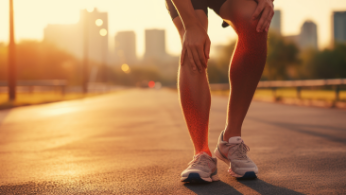
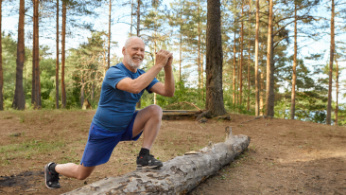
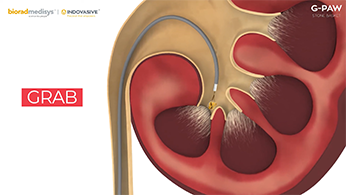
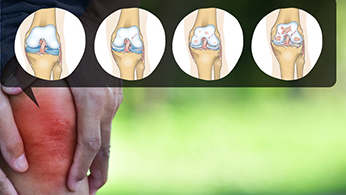
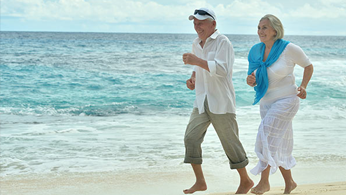



Thanks for this blog. Can get more information around the ACL reconstruction